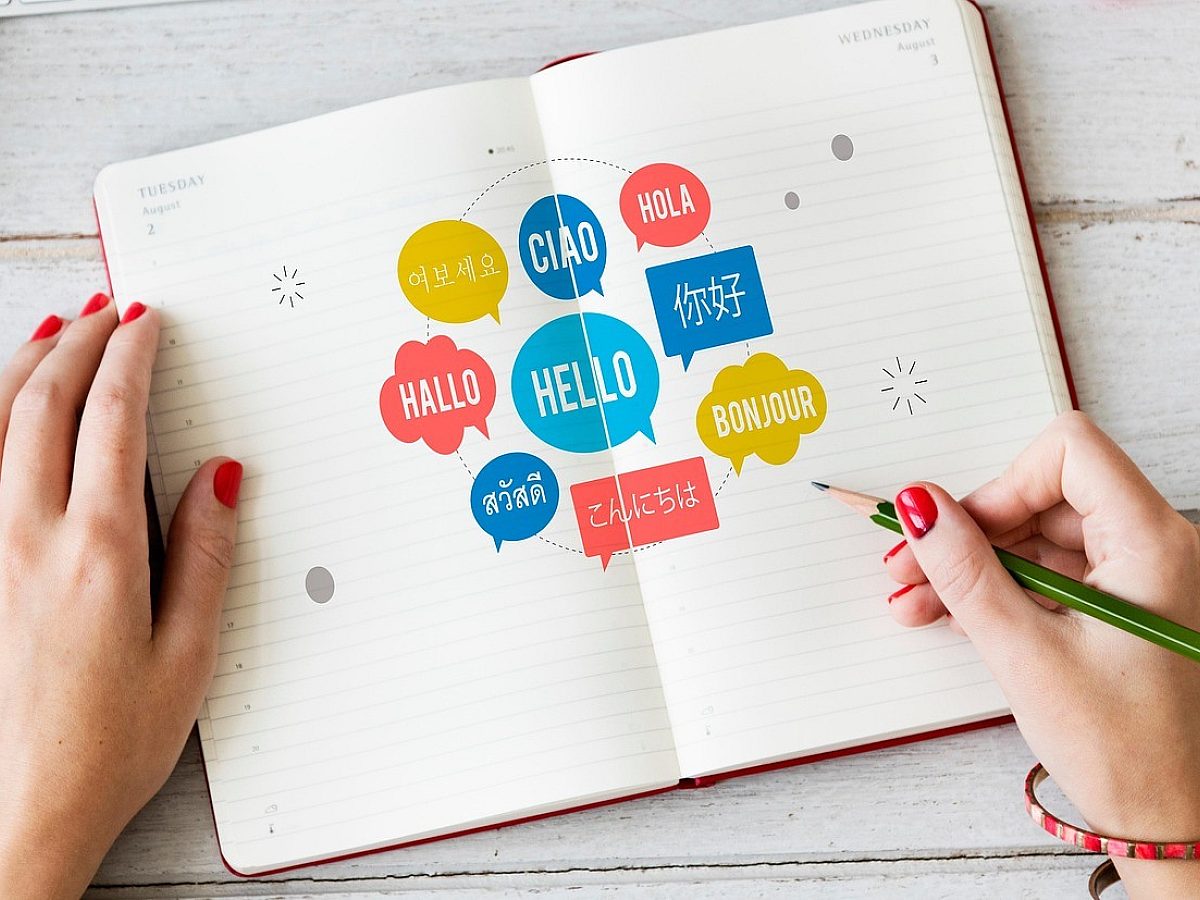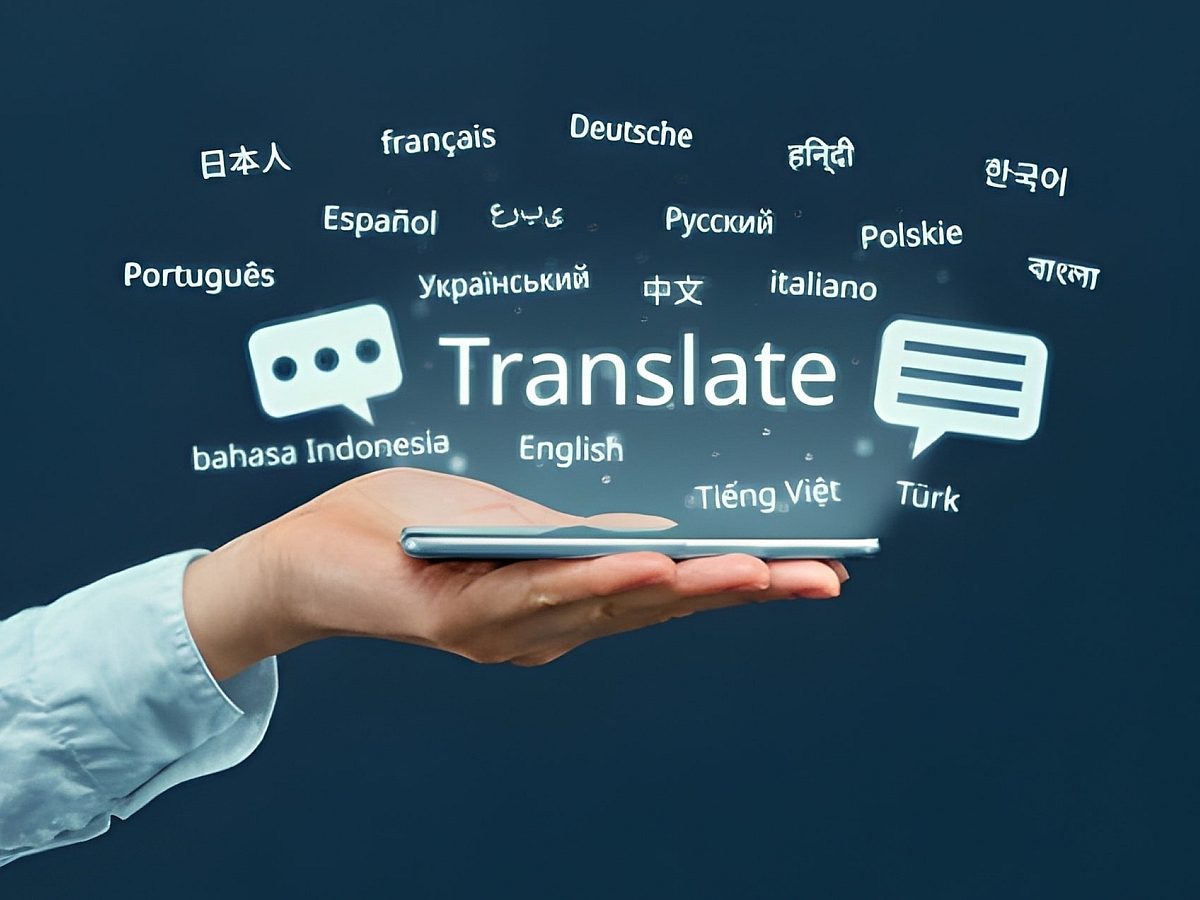The Benefits of Media Localization for Global Brands
Global audiences interact with media, share it, and respond to it. For brands, video content is often the first point of contact in new markets. Success depends on adapting it to the local language, culture, and audience expectations.
Media localization through subtitling, dubbing, and cultural adaptation ensures content is clear, relatable, and impactful wherever it reaches
Expand reach with subtitles and dubbing
Subtitling is one of the most effective ways to make content travel. It allows viewers to follow your videos in their own language without changing the original voice. For campaigns, product explainers, and training videos, subtitles provide scale at speed and cost efficiency.
Dubbing, on the other hand, replaces the original voice with native voice actors. While more resource-intensive, it creates a smoother, more immersive experience. In markets like Latin America, the Middle East, and parts of Europe, dubbed content consistently performs better than subtitled versions.
Together, subtitles and dubbing maximize reach. They make content available to a wider audience, improve viewing completion rates, and ensure that nothing is lost when messages cross borders.
Improve Accessibility for Every Audience
Accessibility is essential for digital media and is required in many regions, including under the ADA (United States) and the European Accessibility Act.
Subtitles for the Deaf and Hard of Hearing (SDH): Include speaker identification, sound effects, and extra context beyond dialogue.
Audio Descriptions: Make visual content accessible to blind and low-vision viewers.
- Accessibility features do more than meet regulations:
Build goodwill with audiences
Strengthen brand reputation
Expand reach to a broader audience
Accessibility-driven localization makes content usable for all audiences.
Strengthen engagement with cultural adaptation
Language is only one layer of localization. Culture shapes how people interpret tone, humor, and even visuals. A marketing campaign that resonates in the UK may fall flat in Japan or Brazil if cultural context isn’t addressed.
Cultural adaptation changes text, expressions, idioms, humor, and visuals so they make sense to local audiences. For example, a food brand entering India might adjust images, colors, or examples to fit local preferences. When brands consider these details, audiences respond better and campaigns feel local.
How formats matter
Different content formats require different localization strategies:
Short-form video: Ads and social content need subtitles that are concise and easy to scan, with dubbing that matches platform expectations.
Long-form entertainment: Series, films, or documentaries demand full dubbing, carefully timed subtitles, and adaptation of cultural references scene by scene.
Training and eLearning: Accuracy and clarity are vital. Terminology must stay consistent, on-screen text needs review, and localized assessments should be validated for comprehension.
By tailoring the approach to the format, brands ensure that localization adds value.
Example from Our Recent Blog on Netflix
In our recent blog “How Netflix Changed the Subtitling Game Forever”, we explored how the company manages subtitling and media localization for global audiences. The focus was on structured workflows, trained audiovisual linguists, and style guides that maintain consistency in tone and terminology. Accessibility features, including SDH, ensure content is usable for all viewers.
The blog emphasized that careful attention to subtitling and localization helps maintain quality across multiple languages and regions. By combining cultural adaptation with consistent formatting and terminology, content becomes easier to follow and more engaging for international audiences.
Steps brands should follow now
Plan localization early: Include it in production timelines and budgets.
Hire native media linguists: Audiovisual expertise matters as much as language skills.
Create glossaries and style guides: Keep tone and terminology consistent across languages.
Use templates and time-coded files: Save time, reduce syncing issues, and maintain quality.
Test with local viewers: Real feedback reveals if content feels authentic and clear.
Choosing the right localization partner
A strong partner offers:
Certified subtitlers and native voice actors.
Secure workflows with full traceability.
Cultural review alongside technical accuracy.
Accessibility features like SDH and audio description.
Flexible delivery for multiple formats and markets.
How Wolfestone Group Makes Media Localization Work
At Wolfestone Group, we provide complete media localization solutions to help your content reach global audiences effectively. Our services include:
Subtitling Services: Professional multilingual subtitles in 220+ language pairs.
SDH Subtitles: Subtitles for the Deaf and Hard-of-Hearing that describe every detail.
Voice Dubbing & Voice Over Services: Native voice actors and multilingual voice overs to engage local audiences.
Audio Description Services: Make your visual content accessible to blind and low-vision viewers.
Live Captioning Services: Real-time, accurate captions for webinars, events, and video conferences.
AI Voice Overs: High-quality AI-generated voice content when speed and efficiency are key.
👉 Visit our Media Localization page to learn more and see how we can help your content perform globally.
Final Word
Media localization turns content into connection. Subtitles, dubbing, and cultural adaptation help brands reach new markets, meet accessibility requirements, and build stronger relationships with audiences.
Brands that include localization in their content strategy reach new markets effectively and connect with audiences. Investing in accurate, culturally aware, and accessible media ensures your message is understood and valued wherever it reaches. Effective localization strengthens your brand, improves engagement, and creates lasting trust with audiences worldwide.
👉 Ready to explore how localization can strengthen your brand presence? Contact Wolfestone Group today to get started.




